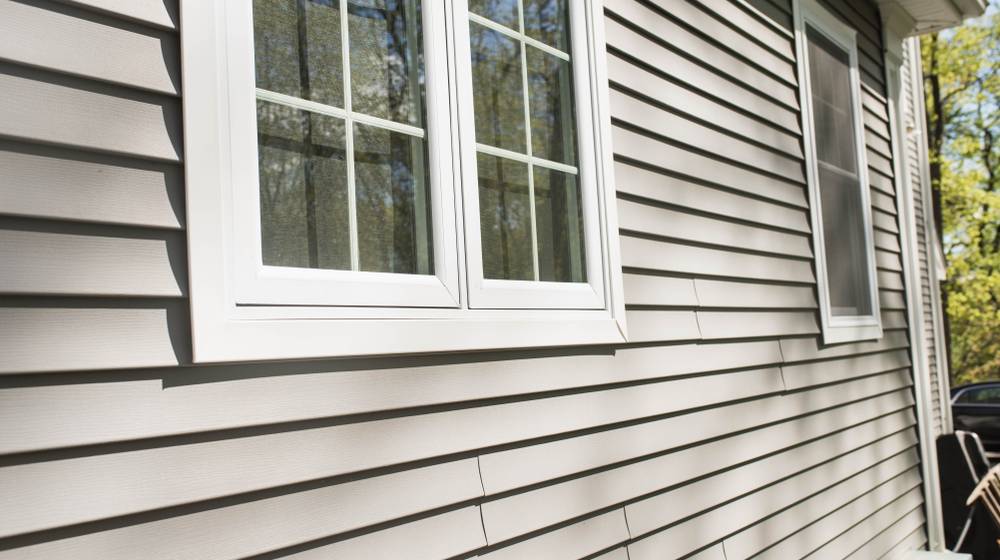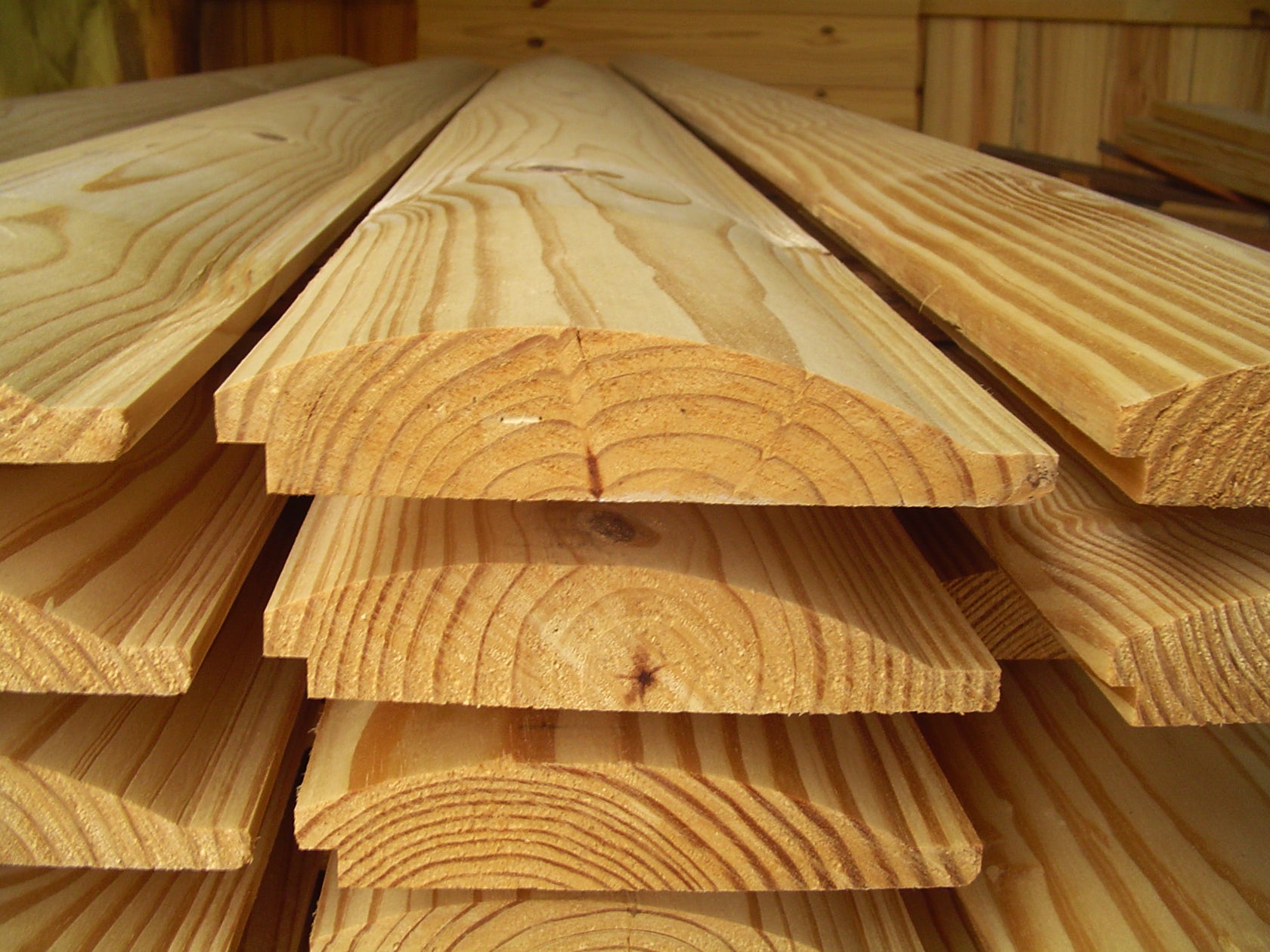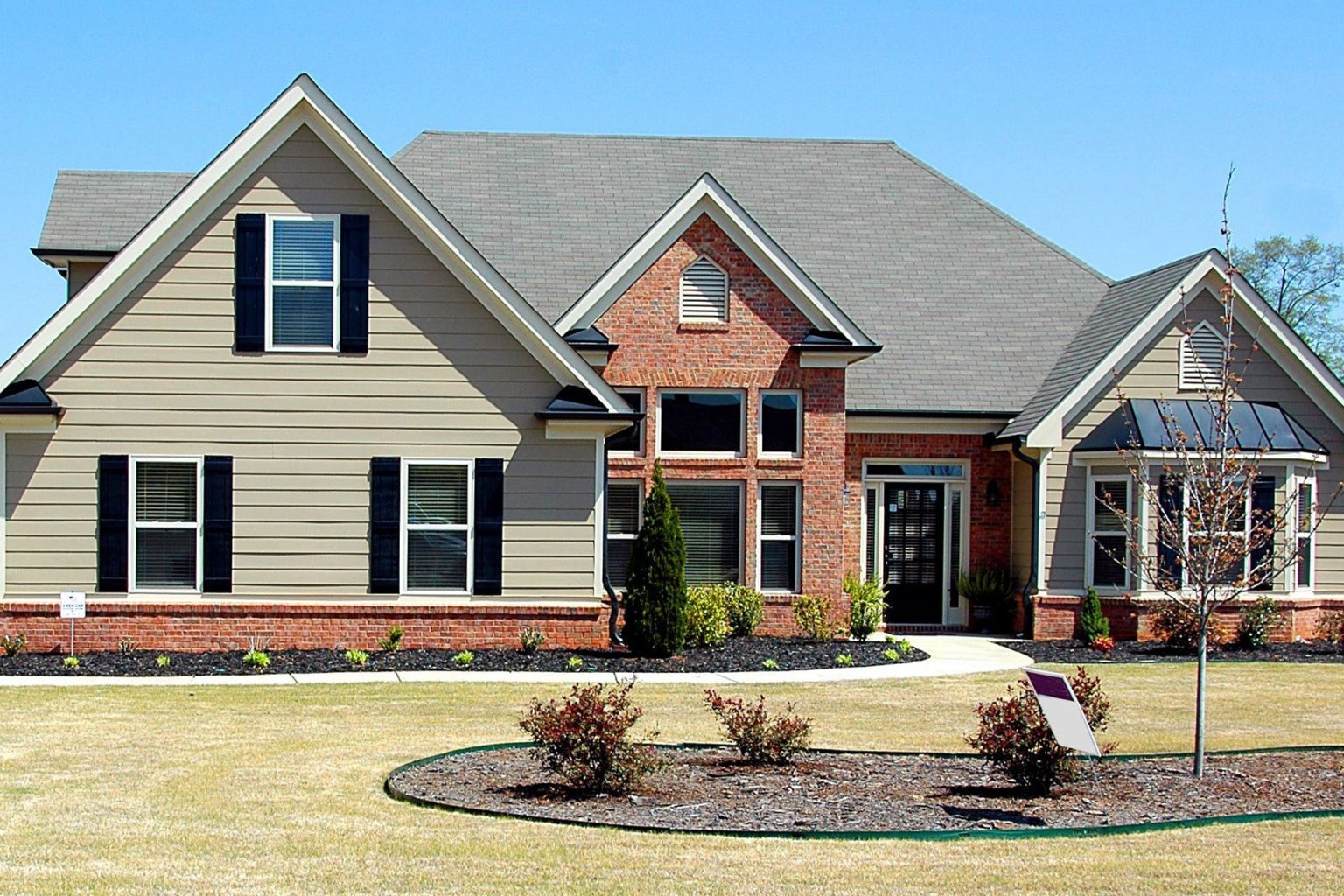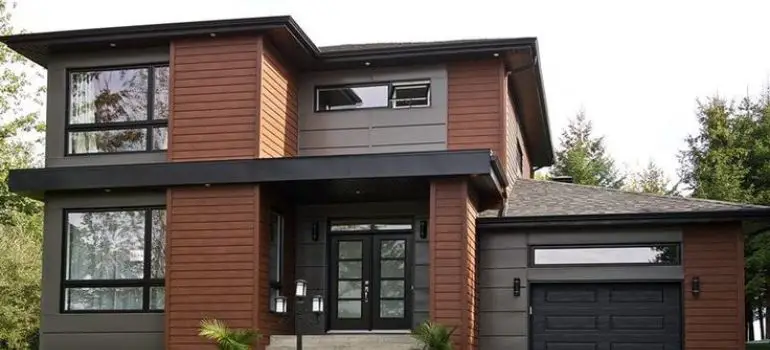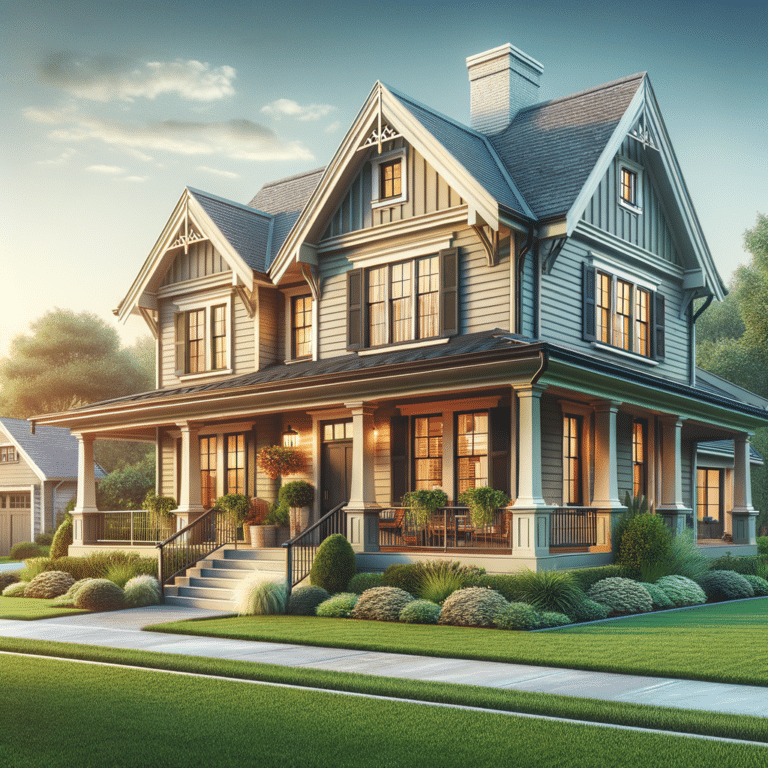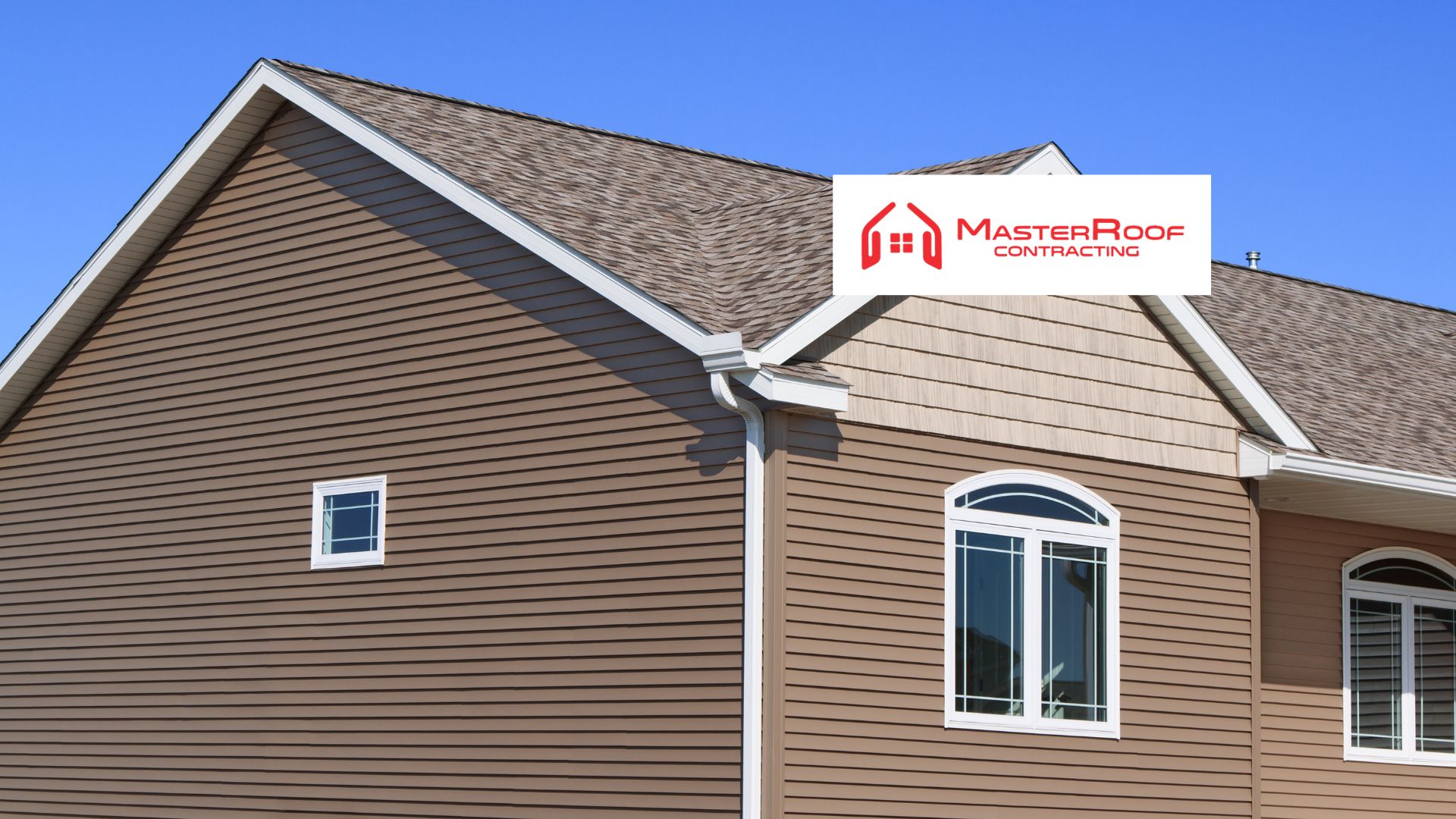Siding Materials: A Comprehensive Guide
Siding materials are the protective outer layer of a building, significantly impacting its aesthetics, durability, and energy efficiency. This guide delves into the diverse world of siding options, from classic wood to modern composite materials, exploring their unique properties, installation methods, maintenance needs, and environmental impact. We’ll examine cost considerations, design aesthetics, and the crucial factors to consider when choosing the perfect siding for your home, ensuring a decision that enhances both curb appeal and long-term value.
Understanding siding choices goes beyond mere aesthetics; it involves a careful consideration of factors like climate, budget, and desired maintenance levels. This comprehensive overview aims to equip you with the knowledge needed to make an informed decision, whether you’re embarking on a new construction project or planning a home renovation.
Types of Siding Materials
Choosing the right siding for your home is a crucial decision impacting aesthetics, durability, and long-term costs. This section details common siding materials, highlighting their characteristics to aid in informed decision-making. Consider factors like climate, budget, and personal style when making your selection.
Siding Material Characteristics
Several materials offer diverse properties suitable for various needs and preferences. Understanding these differences is vital for making the best choice for your home.
| Material | Durability | Maintenance | Cost |
|---|---|---|---|
| Vinyl | High; resistant to rot, insects, and moisture. Lifespan often exceeds 30 years. | Low; typically requires only occasional cleaning. | Moderate; generally less expensive than other options. |
| Wood | Moderate to high; durable when properly treated and maintained. Susceptible to rot, insects, and moisture damage if neglected. Lifespan varies greatly depending on species and maintenance. | High; requires regular painting or staining, and potential repairs. | Moderate to High; cost varies significantly depending on wood type and quality. |
| Fiber Cement | High; extremely durable, resistant to fire, insects, and moisture. Lifespan often exceeds 50 years. | Low to Moderate; requires occasional cleaning and repainting, but less frequent than wood. | High; generally more expensive than vinyl, but less expensive than some high-end wood options. |
| Metal (Aluminum or Steel) | High; very durable, resistant to fire, insects, and moisture. Lifespan can exceed 50 years. | Low; requires minimal maintenance, typically just occasional cleaning. | Moderate to High; cost varies depending on material (steel is generally more expensive than aluminum) and finish. |
| Brick | Very High; exceptionally durable, resistant to fire, insects, and moisture. Lifespan can exceed 100 years. | Very Low; minimal maintenance required, mostly just cleaning. | High; one of the most expensive siding options. |
| Stone | Very High; extremely durable and long-lasting, resistant to fire, insects, and moisture. Lifespan can exceed 100 years. | Very Low; minimal maintenance needed; occasional cleaning. | Very High; one of the most expensive siding options. |
Aesthetic Appeal of Siding Materials
The visual impact of siding significantly influences a home’s curb appeal. Vinyl siding offers a wide range of colors and styles, mimicking the look of wood or other materials at a lower cost. Wood siding provides a classic, natural aesthetic, but requires more maintenance to retain its beauty. Fiber cement siding offers a clean, modern look, while metal siding presents a sleek, contemporary feel. Brick and stone offer timeless, substantial aesthetics, contributing to a sense of permanence and luxury. The best choice depends entirely on the architectural style of the house and the desired overall aesthetic.
Conclusion
Ultimately, selecting the right siding material involves balancing aesthetic preferences with practical considerations. By carefully weighing factors such as durability, maintenance requirements, cost, and environmental impact, homeowners can make an informed choice that protects their investment and enhances their property’s value for years to come. This guide has provided a framework for understanding the complexities of siding selection, empowering you to choose a solution that perfectly complements your home’s style and your lifestyle.
